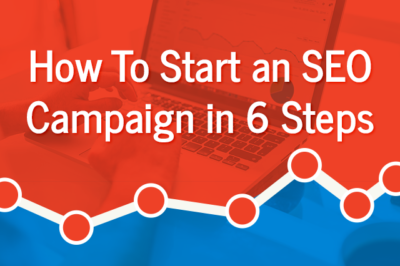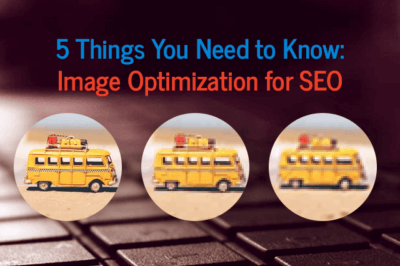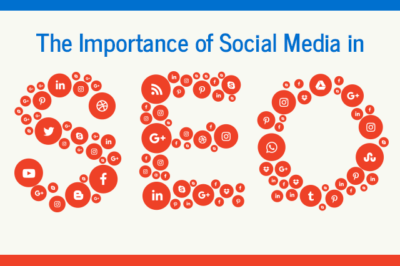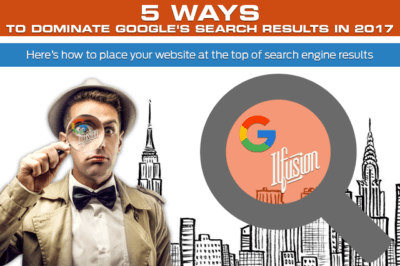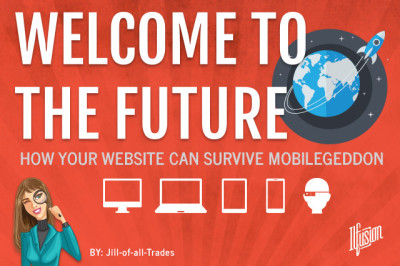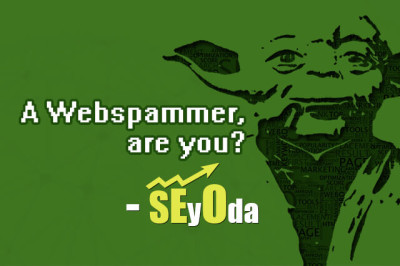5 Ways Web Design Isn’t Print Design
Graphic design is an old profession: the phrase was coined as recently as 1922, but the concept was a part of the art world since the earliest printing in 7th century China, until it shifted into its own discipline in the late 19th century.
However, the shift from print design into digital has changed a great deal about the graphic design world. In some ways, designing for the web is freeing; in others, even more limiting. Here are some of the major differences between them.
1. File Sizes
It may seem as though the size of your website’s images doesn’t matter as much as it once did, thanks to widely-adopted broadband connections. But the reality is that compared to the print world, it’s still enormous. In print, your image file size can be as big as you need it to be in order to produce the look you seek, even into the gigabyte range. Online, though, you need to stick to the smallest sizes possible to support visitors using slower connections, such as on mobile devices.
2. Fonts
In print, you can use any font that you can find (or create). The fonts will go with the rest of your files to the print shop so that they can reproduce it. But on the web, you’re generally limited to the eight or so fonts that are on everyone’s computers: Times New Roman, Helvetica, Georgia, and others. This has begun to shift thanks to Google’s Web Fonts and other such services, which can reproduce a wider variety of fonts, but doing so can slow down your website, so for now they’re used sparingly.
3. Colors
Colors are an example of where web design offers greater freedom: whatever color you plug into a computer will come out looking about the same on someone else’s using HTML’s unique “hex” codes. But with traditional print’s CMYK (cyan, magenta, yellow, key/black) model, each printer’s version of your color can vary slightly, and you’re limited to the colors that are readily reproducible using those four base colors. Granted, that’s still a lot of colors, but HTML offers 16.7 million shades.
4. Resolution
In between a designer and the intended audience for his design sits an obstacle. In print design, it’s the printer, and the various errors that can result in discrepancies between design and finished product. Online, the printer has no role, but there’s still an obstacle: resolution. Everyone has a different monitor configuration, whether it’s a larger or smaller resolution, a multiple-monitor setup, or someone using their cell phone to access a site. That means that elements of a design can seem too large or too small on certain configurations, adding to what the designer must consider when putting together a website.
5. Activity
Print design is flat, inactive- frozen. It can’t move. In contrast, the web can move- and must! This gives the designer a lot more to think about but also a greater range of ability. She or he can come up with fancy transitions for your slideshow or provide simple rollover images on your menu that change when someone hovers their mouse cursor over a link. A website should be dynamic, and a great designer can fuse a site with that energy.

